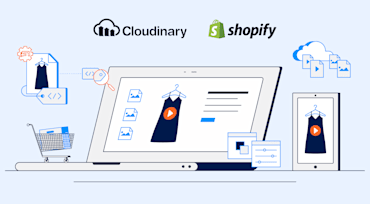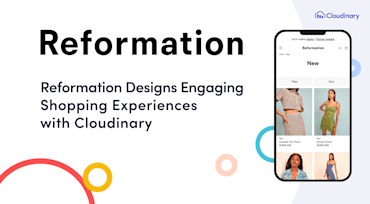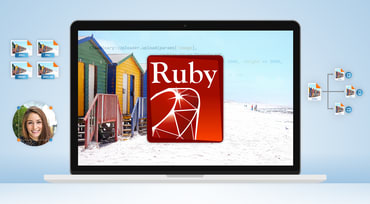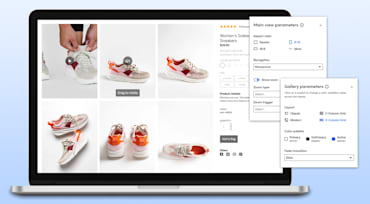Low-quality image placeholders (LQIPs) were originally introduced to enable webpages to load correctly in an orderly manner, displaying ultra small, blurry images while the actual version is loading, which works well with lazy loading in JavaScript. Then came a dilemma: should we add more JavaScript to help images load faster even though we must wait for the same JavaScript to run before they can load? It was a chicken-and-egg situation.

We’re pleased to be revealing our newly expanded program for nonprofits designed to help these organizations manage their visual media more efficiently and productively -- at a reduced cost. Our goal is to empower nonprofits to create better visual experiences for their communities and donors and help further their missions.

Of late, we’ve seen an increasing number of Cloudinary customers on Shopify and Shopify Plus. Since we first wrote about using Cloudinary with Shopify a while ago, both Shopify and Cloudinary have evolved to better support customers through advancements in our platforms. This post highlights three important areas in which you can integrate Cloudinary’s latest technology and tools with Shopify to accomplish the following tasks:

From the news we read to the e-commerce sites we shop, we better connect with experiences that are rich in visuals. The creation, delivery and consumption of visual media has skyrocketed in recent years, and as a result companies and their digital libraries are exploding with assets. Determining the most efficient way to manage these assets -- and extending their value beyond web and marketing teams -- has become a mission-critical exercise for most organizations.

Reformation is a Los Angeles-based fashion brand that designs and sells sustainable, eco-friendly women's apparel and accessories in a small fraction of the time that more traditional fashion houses take. And while the company runs several brick-and-mortar stores across the United States, its business is conducted mostly online, with over half of its visitors accessing its content on mobile. A major challenge Reformation faced was how to display images and videos optimally for every user and device. Enter Cloudinary.

It’s human nature for most to want a sneak peek at upcoming content whenever possible. Think movie trailers or the “on next week’s episode” part of your favorite show. For video producers, an essential goal is to attract more views and clickthroughs.

Through various techniques and algorithms, you can optimize images, that is, reduce their file size yet still maintain a high visual quality. This article shows you how to optimally reduce image sizes in Ruby and Cloudinary.

Companies across all industries rely on images to tell stories, connect with audiences and sell products. In many ways, it’s never been easier to connect directly with consumers. On the other hand, more content, channels and devices creates a complex web of new hurdles and headaches. Brands are under intense pressure to not just deliver compelling visual stories and immersive and personalized experiences, but to do so at lightning speed and volumes that just a few years ago would have been impossible. Marketers understand that visual content boosts engagement and sales. The question is how can I produce more visual-rich content faster and everywhere my audiences are engaging.

Part of what draws us to retail stores is their ability to connect to our senses: sight, touch, hearing, and smell. Connections that extend beyond products include decor and store employees. When transforming the experience into online shopping, these natural senses are substituted with a sense of the virtual experience.

